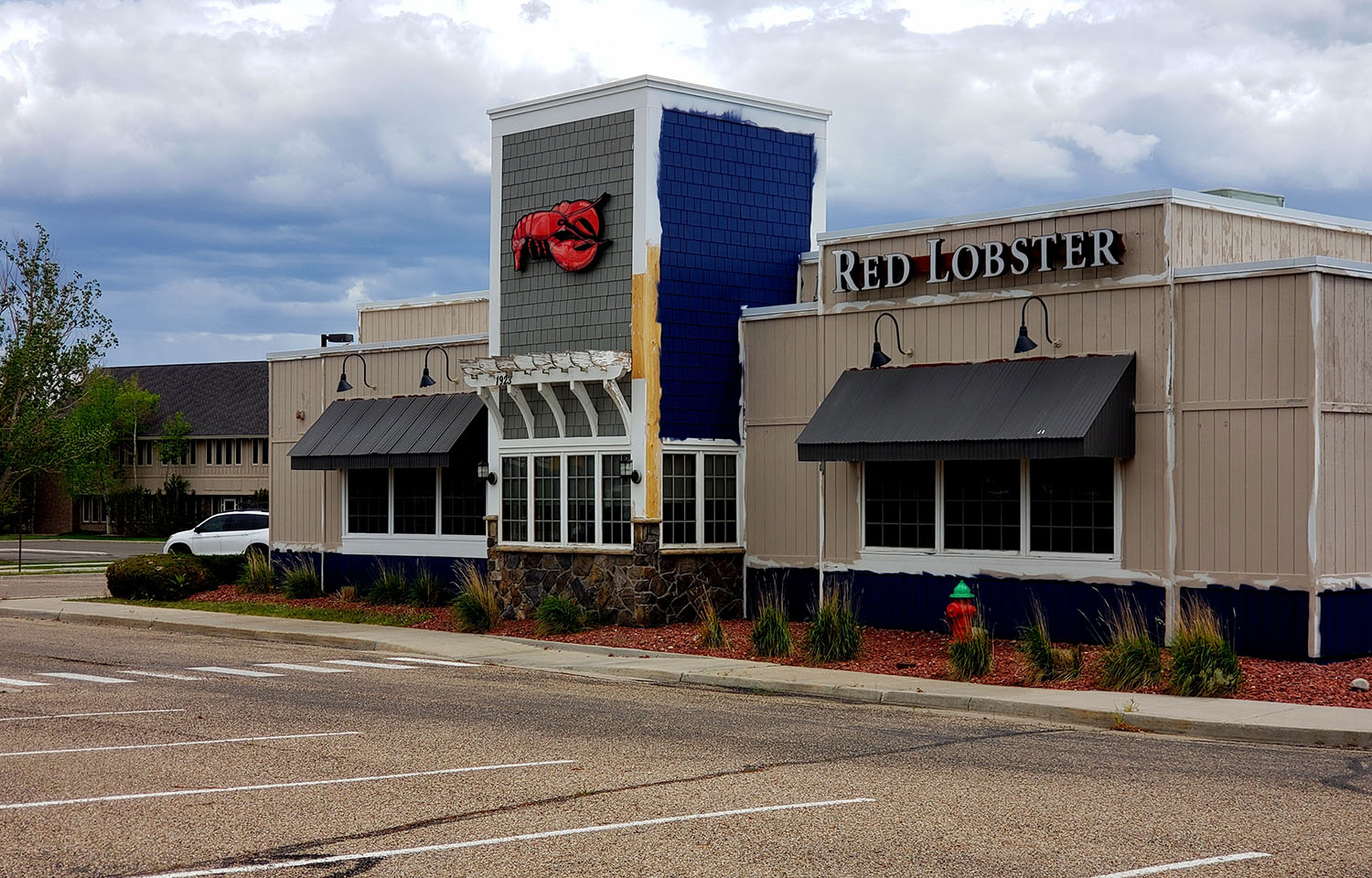The sale of Red Lobster to Fortress Credit was officially approved at a hearing in U.S. Bankruptcy Court on 5 September, even as the U.S. trustee overseeing the bankruptcy case is opposed confirmation of the restaurant chain’s bankruptcy plan.
In late July, Red Lobster canceled an auction to sell its assets and announced that Fortress Credit – Red Lobster’s primary creditor – would be purchasing the company’s assets instead.
“It is a good day,” Bradford Sandler, attorney for the unsecured creditors committee, told SeafoodSource after the sale was approved.
Sandler previously said Red Lobster’s creditors supported the sale of the company to Fortress, along with the restaurant chain’s efforts to negotiate leases with most of its landlords.
Red Lobster closing fewer restaurants than expected in August is a “promising sign” to suppliers worried about the future of the chain, Sandler said. As recently as June, bankruptcy documents suggested the company may have to close more than 100 restaurants, but in August, the restaurant closed only 23 restaurants and named a new CEO.
“I think the company is going to do extremely well. We are cautiously optimistic that this company – Red Lobster 2.0 – will continue to be around for many years to come,” he said.
Sandler said the case was a huge success from the creditors’ committee’s perspective, and that it achieved all its goals including ensuring Red Lobster continues as a going concern, ensuring administrative solvency, and getting a distribution to the general unsecured creditors.
“These goals were designed by the committee to maximize the recoveries for its constituency, primarily consisting of the landlord community, the vendor community, and the 32,000 employees,” he said.
While the creditors approved the bankruptcy plan, the U.S. trustee overseeing the bankruptcy case filed to oppose it. In an objection filed 28 August, the U.S. trustee urged the U.S. bankruptcy court to deny Red Lobster’s amended plan, claiming it does not include required payments of statutory fees to the trustee and that the plan does not require the general unsecured claims trustee or the bankruptcy plan’s to be bonded.
The filing also said the case should not yet be discharged because Chapter 11 is “limited to debtors who are reorganizing but not for debtors who are liquidating.” Although Red Lobster’s bankruptcy plan labels Red Lobster Management LLC as a “reorganized debtor,” the company appears to be engaged in liquidation activities, the U.S. trustee said.
“Whether a debtor is reorganizing versus liquidating is not determined by how the debtor is labeled in their plan for reorganization but rather by the treatment of their ownership interests, assets, and business operations,” the filing states. “Here, although the amended plan, as supplemented, labels Red Lobster Management LLC as a ‘reorganized debtor,’ this entity appears to be engaged in liquidation activities.”
However, the unsecured creditors committee for the chain said that trustee’s objections are “not supported by applicable law and should be overruled.”
The committee said the U.S. trustee is seeking to expand the scope of its statutory duties and run roughshod over the rights of creditors, “taking actions that significantly erode the hard-fought small recovery that will be distributed to unsecured creditors in these Chapter 11 cases.”
The trustee is seeking to not only have its fees paid by Red Lobster but also by the general unsecured claims trust out of the “nominal recovery of unsecured creditors under the plan,” the committee said.
“The UST is seeking to double dip and collect fees from creditors who aren’t even receiving full payment,” Sandler told SeafoodSource. “They are seeking to tax the poor to enrich their own coffers, and it is offensive.”
Ahead of the hearing, the trustee and the unsecured creditors resolved the objections, with Sandler arguing that the general unsecured creditors don’t have a responsibility to pay the U.S. trustee’s fees, and also that it may not be an issue since the equityholder litigation has yet to be monetized, and it is unclear whether it will be or not. The U.S. trustee also said it may not be an issue – depending on how the case plays out.
“This is a hot button issue for committees and unsecured creditors, who often get less than a full recovery in bankruptcy cases, and to have the U.S. trustee charge them a fee is adding insult to injury,” Sandler said. “The U.S. trustee is supposed to make sure the bankruptcy process is fair and complies with applicable law, but here, they seem to be turning a blind eye to the statute in favor of themselves to unfairly and unjustly pay themselves from unsecured creditors’ hard-fought recoveries.”
As the bankruptcy case continues, Pacific Management Consulting Group Founder and CEO John Gordon told SeafoodSource ...








